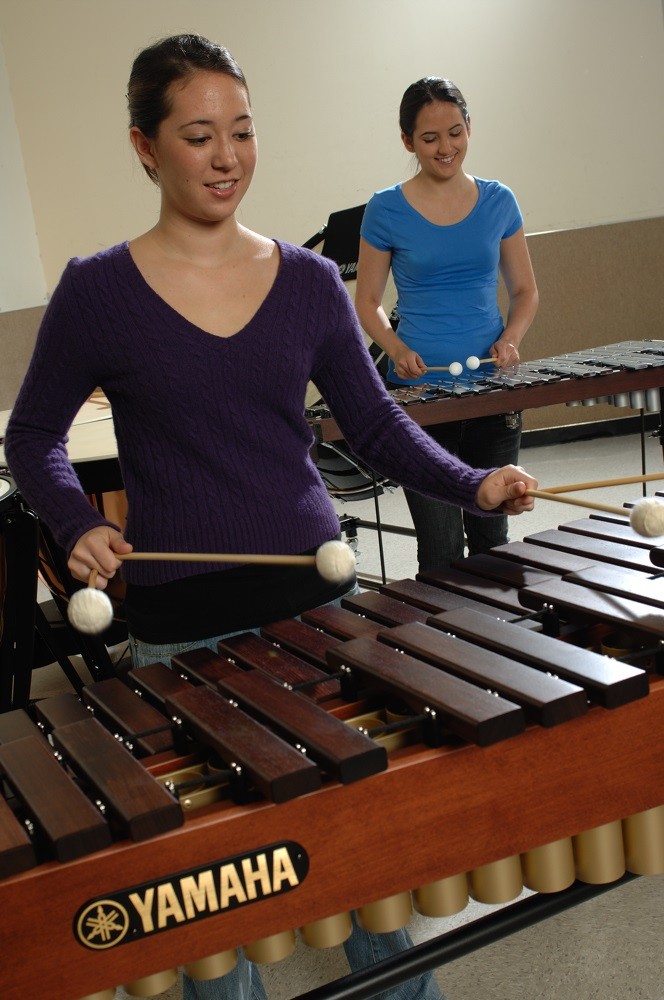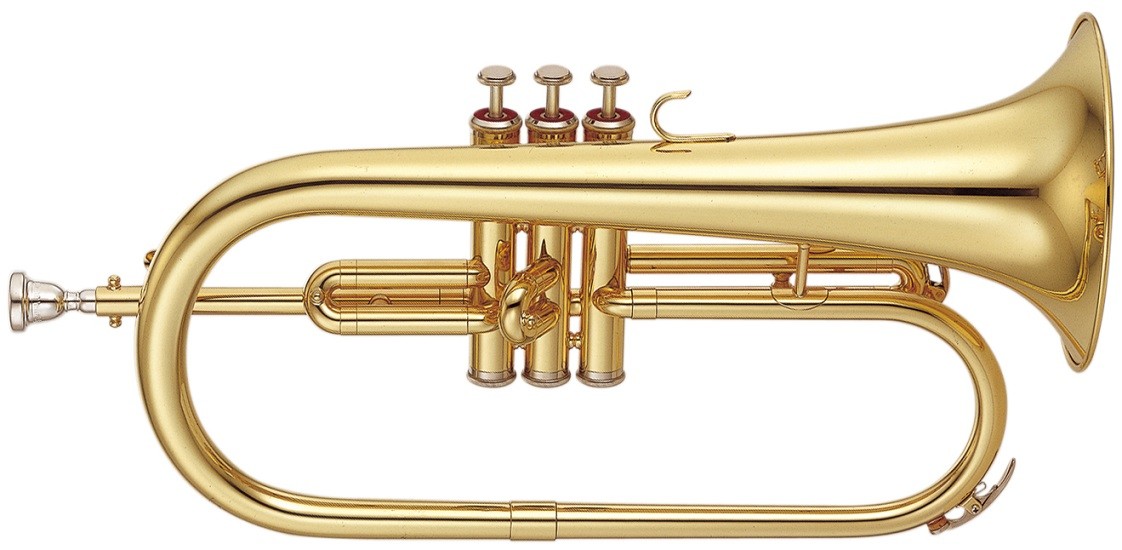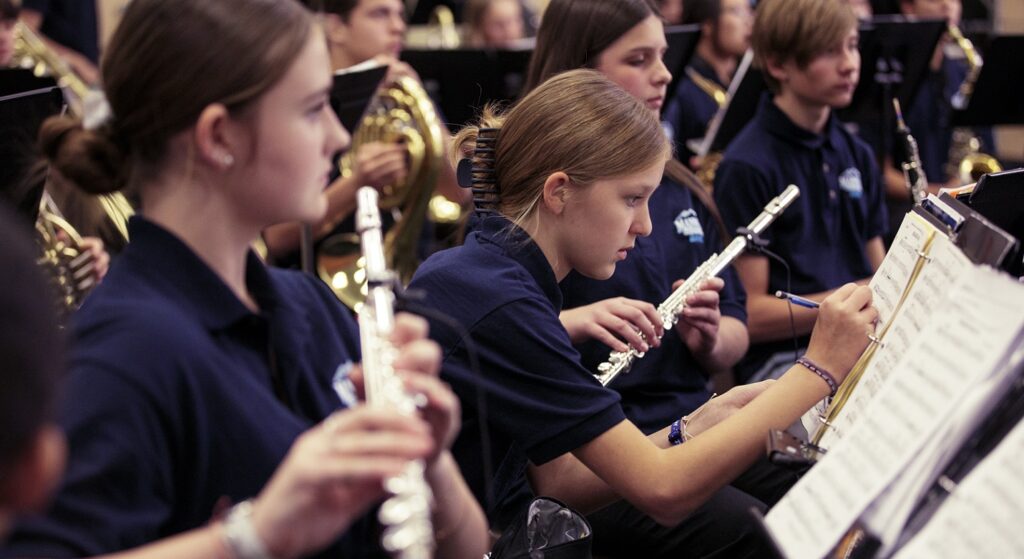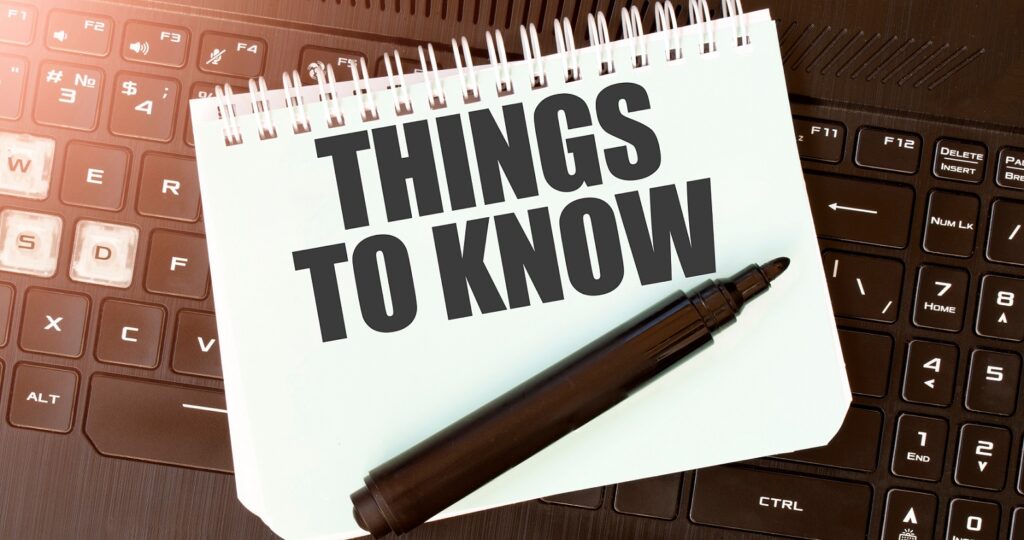Tagged Under:
Auxiliary Instruments Every Concert Band Should Have
Many bands are performing auxiliary-heavy modern pieces, so it can be difficult for a director to choose which instruments to purchase. Here is a list of must-have auxiliary instruments.
At some point, concert band directors will need some auxiliary instruments. You may need to purchase these instruments for a music program at a new school. Or, you may need to replace instruments that are far too old and worn out to take to the stage anymore.
With bands performing auxiliary-heavy modern pieces like “Godzilla Eats Las Vegas!” by Eric Whitacre, it can be difficult to determine which and how many auxiliary instruments you will need. In this article, I will list the ones that every concert band should have on hand.
Auxiliary Percussion
This is the area where you will spend most of your auxiliary instrument budget. Percussionists are always jumping from instrument to instrument for effect. The following auxiliary percussion instruments are must-haves.
 Timpani and Marimba : While many directors consider these standard instruments, they are technically auxiliary. A nice marimba (see photo to the right) is a must-have because it adds a mellow timbre that carries in a way that cannot be substituted by other tuned bar instruments like the xylophone or vibraphone. The timpani adds depth to the low end of a band’s sound. They are actually an evolved version of military drums. This versatile instrument can be found in operas, concertos and marches. These two instruments are at the top of the list because they are expensive and can be difficult to maintain. If your band program doesn’t have high-quality timpani and a rosewood marimba, set aside money in the budget for these first.
Timpani and Marimba : While many directors consider these standard instruments, they are technically auxiliary. A nice marimba (see photo to the right) is a must-have because it adds a mellow timbre that carries in a way that cannot be substituted by other tuned bar instruments like the xylophone or vibraphone. The timpani adds depth to the low end of a band’s sound. They are actually an evolved version of military drums. This versatile instrument can be found in operas, concertos and marches. These two instruments are at the top of the list because they are expensive and can be difficult to maintain. If your band program doesn’t have high-quality timpani and a rosewood marimba, set aside money in the budget for these first.- Brake Drum: With a little bit of searching, band directors can find a brake drum, which is a large piece from a car wheel, for free. It sounds like an anvil being struck. You play the brake drum with regular drumsticks.
- Crotales: This set of small, cymbal-shaped bells are placed in a way that makes them look like the keys on a piano. They can be struck with a stick or even played with a bow for an eerie effect.
- Castanets: These are common in concert band literature, especially Spanish marches. If you have a small budget, get the regular wooden castanets that you hold in each hand. If you have extra cash, get a castanet machine, a vertical stand with built-in castanets; you press or tap on the instruments with your hands. Having castanets on a stand and readily available will help percussionists with fast transitions.
- Guiro: A specialized scraper instrument made from a hollowed and notched gourd, a guiro makes a ratchet sound when you run a stick along the notches.
- Bell Tree: This is a tree of inverted and nested metal bowls that is scraped in a downward motion for a unique sound effect. The bell tree as we know it today was invented relatively recently — around 1950 — musically speaking.
- Blocks: Wood blocks (a single piece of wood with a slit in it) and temple blocks (a set of five hollow wood or plastic blocks) are found in many scores. They can be heard in band pieces like “The Wooden Clock,” where the instruments create the featured tick tock sound.
- Shakers: While most band programs have some type of shakers, it’s always a good idea to expand the percussion cabinet and get more. Egg shakers, maracas, woven basket-type shakers like the shakere are a good place to start.
- Slapstick: If you plan on playing the ever-popular holiday tune, “Sleigh Ride,” next winter, make sure you have a slapstick (two pieces of wood connected by a hinge on one end) on hand to mimic the sound of a whip.
Other fun auxiliary percussion instruments you should consider having on hand include a vibraslap (imitates a jaw-bone rattle), flexitone (makes a comical “boing” sound and when played very fast, mimics the sound of an old phone ringing) and ratchet (makes rattling and clicking sounds and can be found in some of Strauss’s and Schoenberg’s pieces).
 Auxiliary Brass
Auxiliary Brass
The must-have auxiliary brass instrument is the flugelhorn, which is usually easy for trumpet players to transition to.
While the Bb trumpet and flugelhorn share the same tubing size, the timbre of the two instruments is very different, which is mainly due to the shape of the bell. Also, the flare of the flugelhorn’s tubing begins closer to the mouthpiece than the trumpet, giving it more of a dark timbre.
You can put bass trombones and piccolo trumpets on your wish list, but the flugelhorn is the most commonly used auxiliary brass instrument you see in a score (one example is this arrangement of “Auld Lang Syne”). The flugelhorn is also found in arrangements of folk songs and traditional holiday tunes. Amanda MucCulough’s “Charon’s Lullaby” is a really interesting use of the flugelhorn, which is the character of Charon, the Greek ferryman of Hades.
Auxiliary Woodwinds
 The must-have auxiliary woodwind for a concert band is a grenadilla wood piccolo. While many band directors make do with a metal marching piccolo and others get away with using all flutes for Sousa marches, leaving out this little instrument takes away a certain timbral je ne sais quoi.
The must-have auxiliary woodwind for a concert band is a grenadilla wood piccolo. While many band directors make do with a metal marching piccolo and others get away with using all flutes for Sousa marches, leaving out this little instrument takes away a certain timbral je ne sais quoi.
If it’s not in your budget to get a real grenadilla wood instrument, consider synthetic grenadilla wood or even a resin one. Remember: Anything is better than a metal piccolo when it comes to an indoor concert band.
Other auxiliary woodwinds to consider, especially if you plan on delving into college-level repertoire, are an Eb clarinet, bass clarinet and English horn. Those with larger band programs (and hopefully, a larger budget) might be able to get an alto flute or a bass flute.
A great budget hack when it comes to these smaller woodwinds is to go to garage sales and flea markets. While you are unlikely to find an English horn, you’d be surprised how many different kinds of clarinets and piccolos are floating around at outdoor garage sales! They might need a trip to the repair shop, but this is much more economical than buying one from an instrument retailer.
Auxiliary Instruments: Substitutions
If you can’t afford all the instruments on this list, get creative and substitute some instruments. While shakers vary widely in timbres, many of them can be substituted for one another when you’re in a pinch. Crotales can be replaced with some types of bells, and guiros can be replaced with other scrapers.
Unfortunately, there aren’t many great substitutions for auxiliary woodwinds and brass instruments, though you can cheat a little by using timbres. If you can’t get a piccolo, Eb clarinet or another reedy wooden instrument, ask your clarinets, oboes and saxes to be louder or teach them to change their tone color to something more bright. The same goes for brass if you don’t have a flugelhorn. Ask your other conical-bore instruments like the euphonium and French horn to come up in volume and become more mellow and dark.
Lastly, if your budget is tight, plan out all of your concerts during the summer. That way, you know what pieces your ensembles will play for each concert, and you’ll know exactly what instruments you will need, too!
With a little planning and research, you can have a variety of auxiliary instruments for your program. Once you know what you can and can’t get and what you actually need, buying new bells and whistles (quite literally!) can be fun! Happy shopping!















